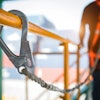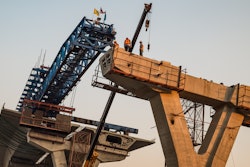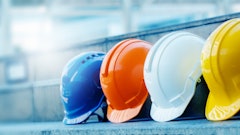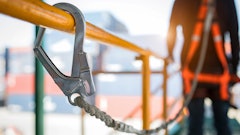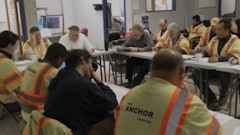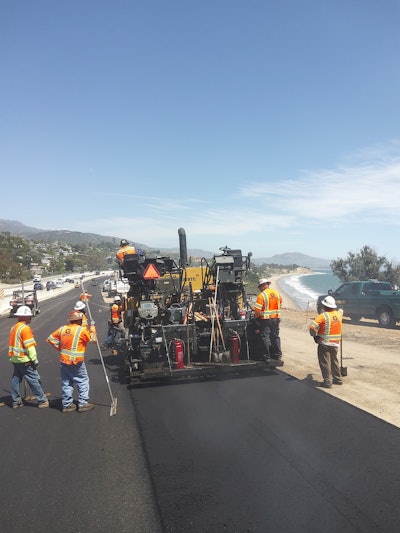
The dog days of summer, when your crew is working to their max potential and capacity, is no time for an accident. However, construction work is hard and dangerous so it's important to always keep safety top of mind. It's everyone's responsibility to keep themselves and their crew members safe. Here are some easy tips.
Work Zone Safety
Work zone safety is an industry priority and it's everyone’s responsibility. It takes contractors, engineers and traffic control plan supervisors to properly plan and design the work zones; flaggers to guide the public through the work zones; drivers, cyclists and pedestrians to remain alert and pay attention while entering and driving through the work zones; and local and state government, area police and emergency responders to help ensure that everyone goes home safe at the end of the day.
Safety vests are a must, safety meetings at the jobsite are essential when starting a new job – as are daily safety reminders for longer projects. And remind workers that complacency can lead to injury: Oftentimes crew members become so comfortable working in a “protected” area that they “forget” about the potential dangers.
A properly set-up work zone can help responsible drivers make the correct, safe decisions. And by making your workers aware, you help them protect themselves from the drivers who take their group chat more seriously than their driving.
Heat Safety
Summer is a great time for construction work but a brutal time for construction workers. Excessive heat and sun exposure pose significant dangers, such as sunburn, dehydration, heat cramps, heat exhaustion and heat stroke. Every year, construction workers become ill on the job and some even lose their lives due to heat exposure. It's important for your company to know the signs of heat illness and have a plan in place to protect them.
Essential elements of an effective heat illness prevention program include:
- Providing workers with water, rest and shade
- Allowing new or returning workers to gradually increase workloads and take more frequent breaks as they acclimatize and build a tolerance for working in the heat
- Planning for emergencies and training workers on prevention
- Monitoring workers for signs of illness
Mental Safety
In 2020, the CDC found that men working in construction have one of the highest suicide rates compared to other industries. With lack of access to care, the added pressures of the pandemic and the existing stigma of mental healthcare, this population is struggling. The psychological risk factors for suicide, such as depression and stress, can be affected by the workplace, especially in construction where job strain and long hours may contribute to occupational risk factors for suicidal thoughts.
Creating and maintaining a healthy work organization is an important strategy for preventing worker suicides. Increasing worker job control and ensuring an optimal level of work demands, including 40 hours or less of work per week, may also be an important strategy for the prevention of suicide in working populations. However, during your busy season, maintaining work hours of 40 or less can be challenging due to financial incentives to work overtime and labor shortages in certain skilled trades.
The good news is that the entire industry is working to address the suicide crises that is disproportionally affecting construction workers. The Center for Construction Research and Training created a website with several new printable resources (such as a hazard alert) to help organizations and individuals understand the issue of suicide, start a conversation, and play a role in supporting friends, co-workers and family members.
Stay alert. Stay diligent. Stay safe out there.




